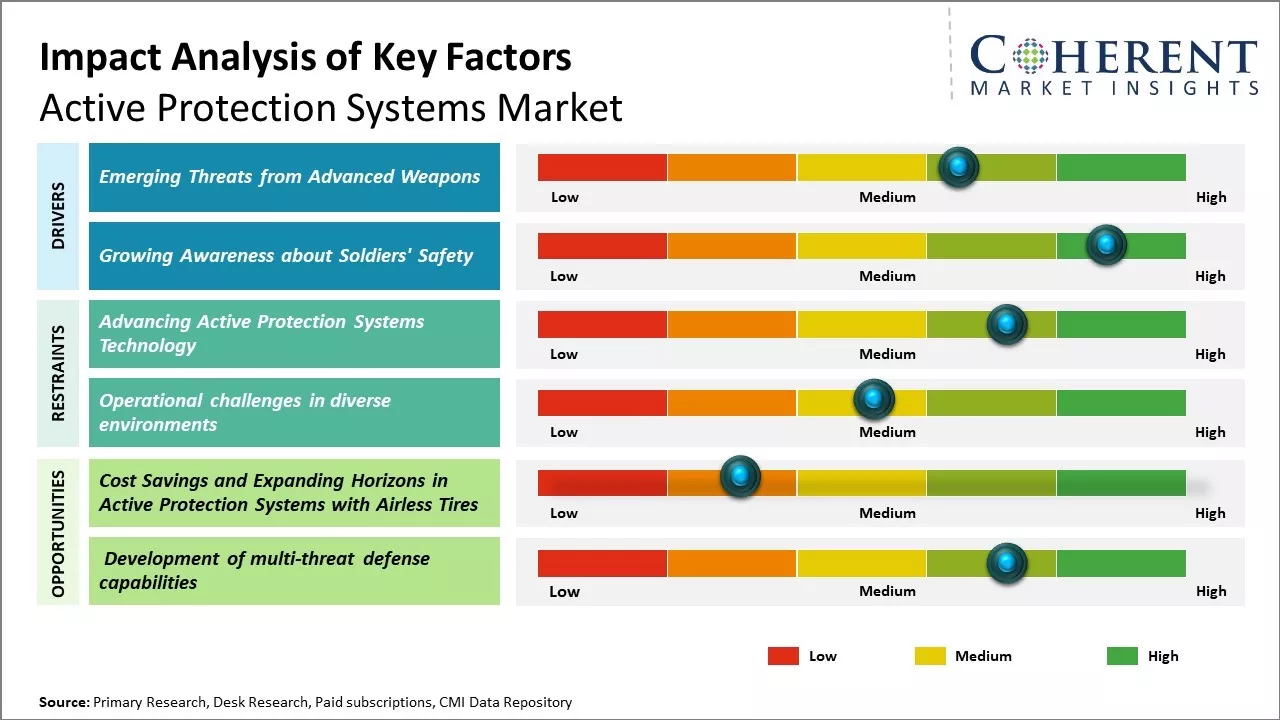The active protection systems market is estimated to be valued at US$ 4.55 Bn in 2025 and is expected to reach US$ 6.76 Bn by 2032, growing at a compound annual growth rate (CAGR) of 5.8% from 2025 to 2032. Increasing defense budgets as well as rising threats have driven the growth of active protection systems especially across North America and Europe.

To learn more about this report, Request sample copy
The demand for active protection systems is expected to significantly rise during the forecast period owing to the growing incidences of asymmetric warfare worldwide. The integration of lasers and hard-kill interceptors is anticipated to provide greater protection against advanced threats. Moreover, the development of lightweight and low-cost active protection solutions suitable for armored vehicles and ships will further aid the market expansion.
Joining thousands of companies around the world committed to making the Excellent Business Solutions.
View All Our Clients